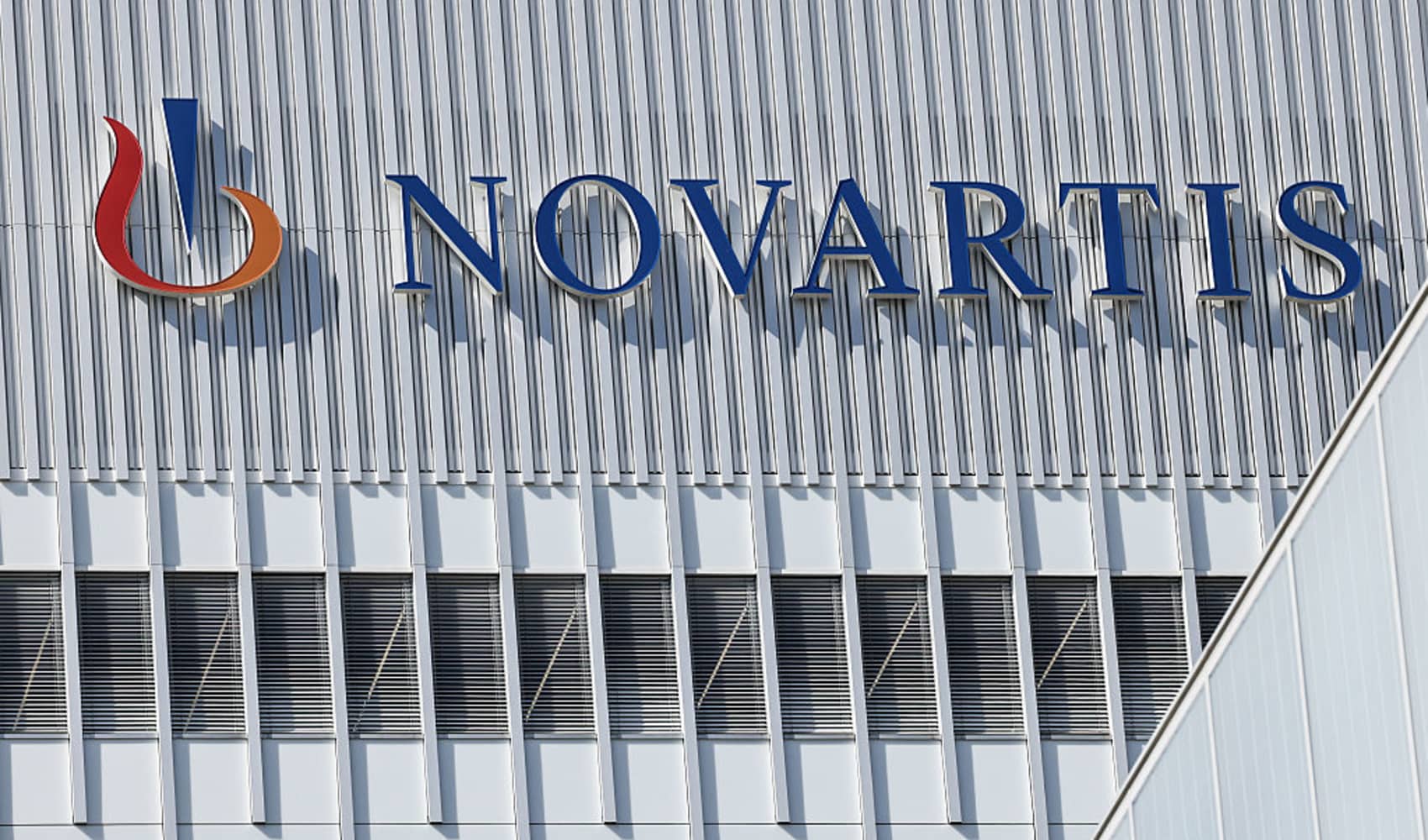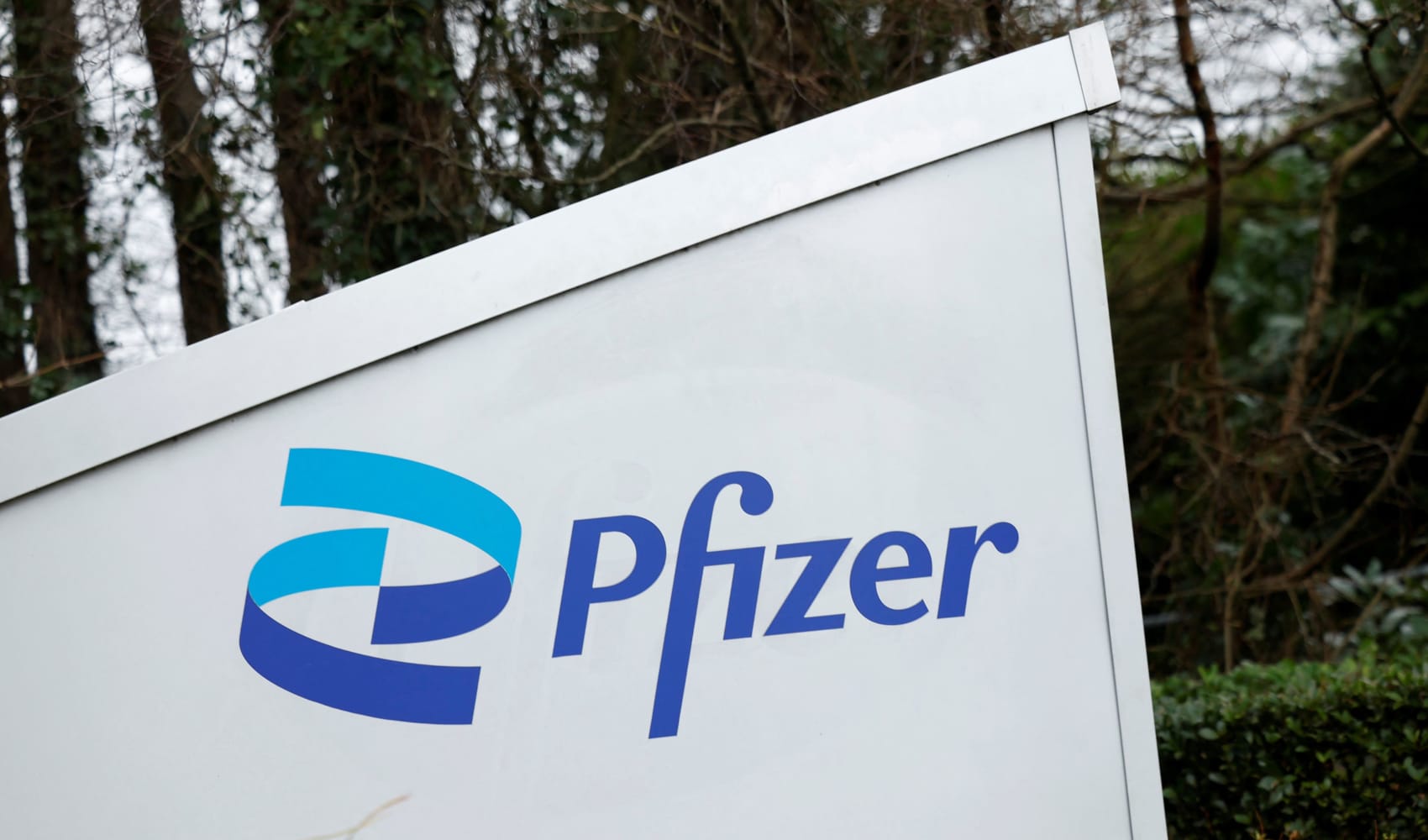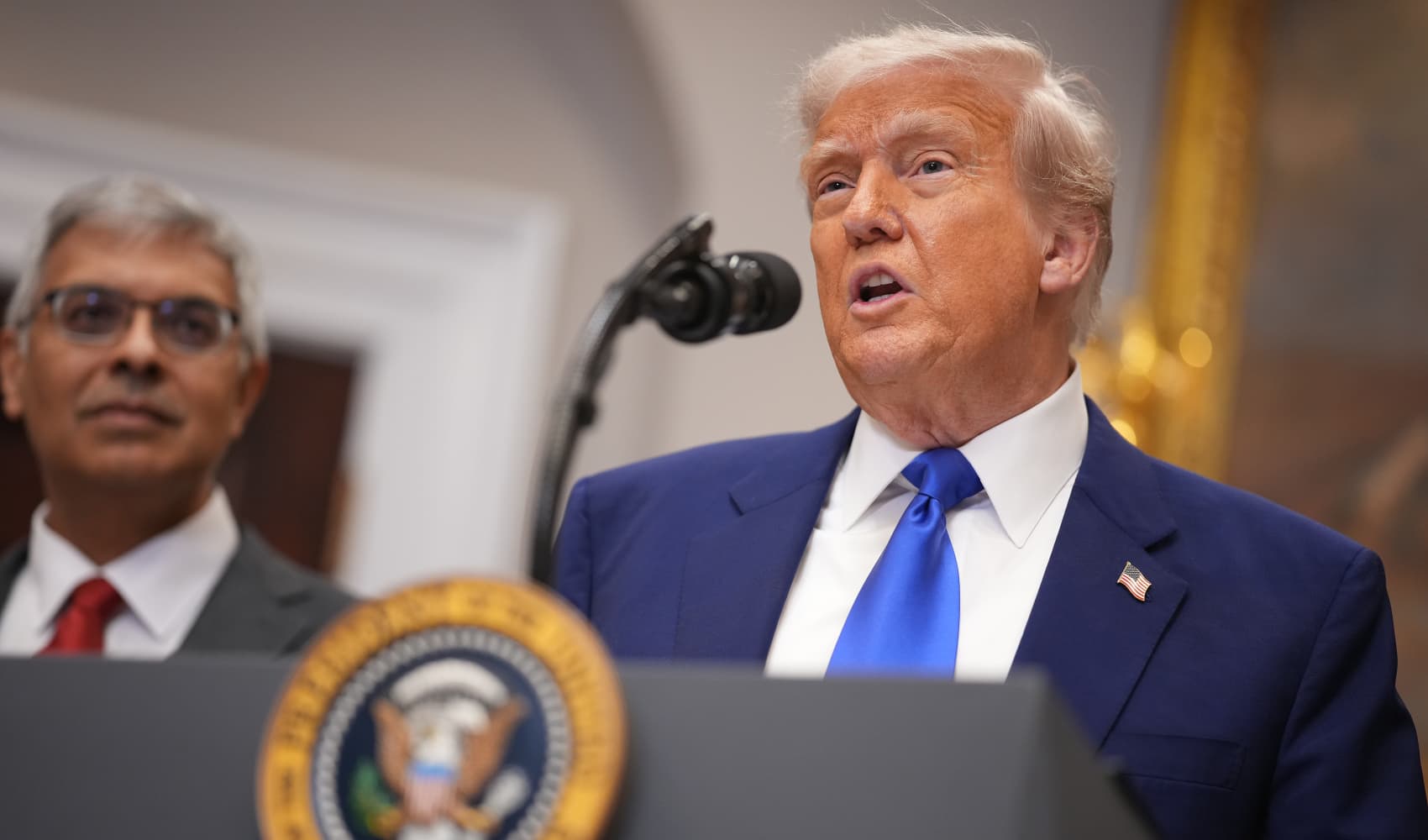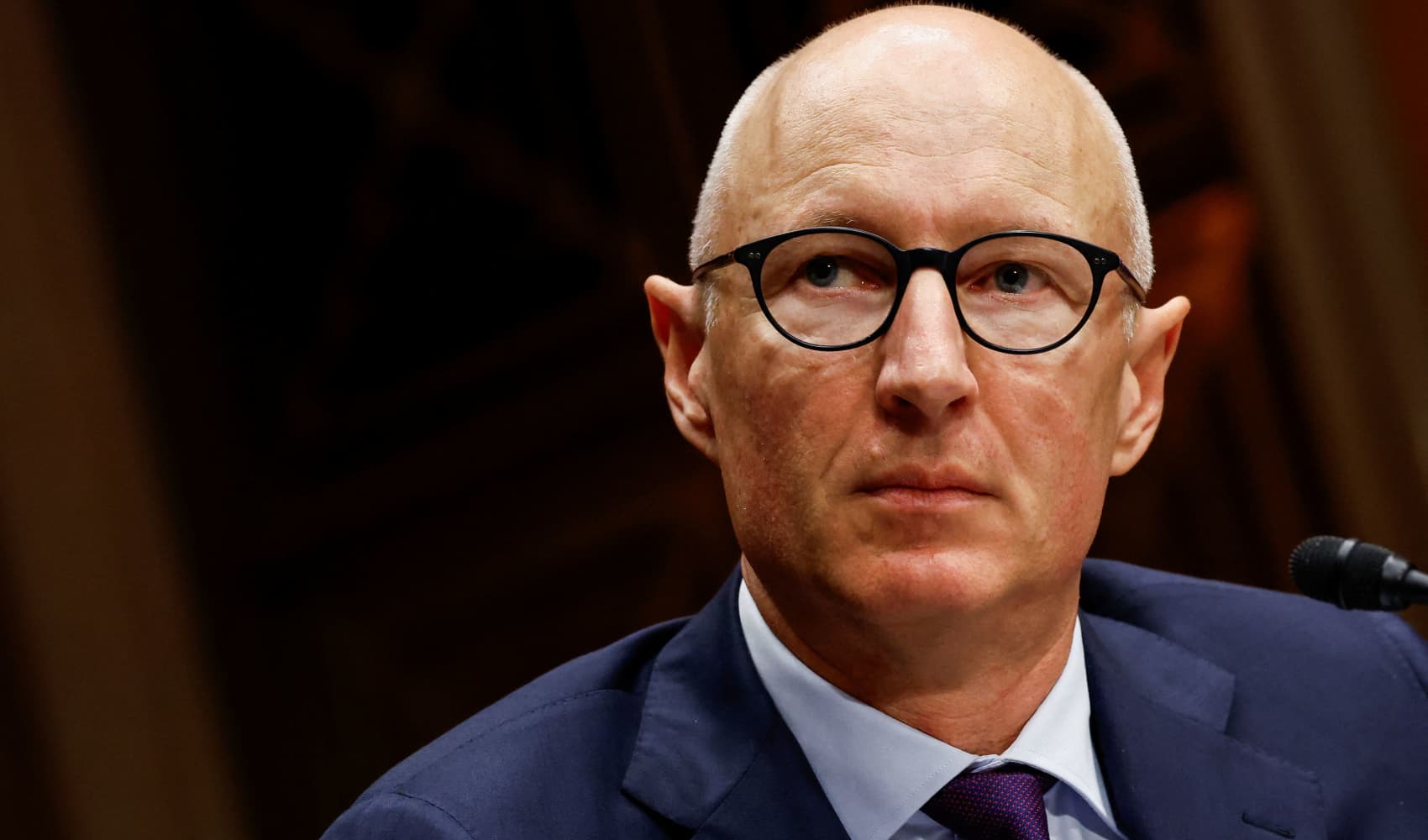Novartis Surpasses Expectations: Q1 Sales Surge, Guidance Raised!
Novartis Soars: Q1 Sales Beat Expectations, Full-Year Outlook Raised!
Introduction: Novartis's Strong Start to 2024
Novartis, the Swiss pharmaceutical giant, has kicked off 2024 with a bang! The company announced better-than-expected first-quarter sales, prompting them to revise their full-year guidance upwards. What does this mean for investors and the pharmaceutical industry as a whole? Let's dive in and find out!
Q1 Sales Performance: A Detailed Breakdown
Beating Analyst Estimates
Novartis didn't just meet expectations; they exceeded them! Net sales for the first quarter reached $13.2 billion, a 15% increase on a constant currency basis. This surpassed the $13.12 billion estimated by analysts in an LSEG poll. Think of it like this: Novartis not only hit the target but scored a bullseye!
Constant Currency Growth: What Does It Mean?
You might be wondering what "constant currency basis" means. In simple terms, it means that the sales figures are adjusted to remove the impact of exchange rate fluctuations. This gives a clearer picture of the company's underlying performance, showing how well the business is actually doing, without the distraction of currency changes.
Operating Income: The Profitability Story
Adjusted Core Operating Income Surges
The good news doesn't stop at sales. Novartis also reported a significant increase in its adjusted core operating income, which rose by 27% to $5.58 billion. This figure also beat analysts' expectations of $5.07 billion. This indicates strong profitability and efficient operations within the company.
Why Core Operating Income Matters
Core operating income represents the profit generated from a company's primary business activities. It's a key metric because it excludes non-recurring items and provides a more accurate reflection of the company's sustainable earnings power. Essentially, it shows how well Novartis is doing at its core mission: developing and selling pharmaceuticals.
Revised Full-Year Guidance: Looking Ahead
Increased Expectations for 2024
Based on the strong Q1 performance, Novartis has raised its full-year guidance for 2024. The company now forecasts net sales to grow by a high single-digit percentage and core operating income to increase by a low double-digit percentage. This is a significant vote of confidence in the company's future prospects.
What's Driving the Optimism?
Several factors are likely contributing to Novartis's increased optimism. These could include the strong performance of key drugs, successful new product launches, and efficient cost management. It's a combination of hitting home runs with their products and playing smart on the business side.
Stock Market Reaction: Investor Confidence
Share Price Increase
The market reacted positively to the news, with Novartis shares rising by around 1.2% in early London trading. This reflects investor confidence in the company's performance and future outlook. A rising stock price is often a good indicator of a healthy and well-managed company.
Analyzing the Stock's Performance
While a 1.2% increase might seem modest, it's important to consider the size of Novartis. A small percentage increase for a large company translates to a significant gain in market capitalization. It's like moving a large ship; even a small adjustment can have a big impact.
Key Growth Drivers: What's Fueling Novartis's Success?
Innovative Pharmaceuticals
Novartis is a leader in developing and marketing innovative pharmaceuticals. Their focus on research and development is crucial to their long-term success. New drugs and therapies are constantly being developed and brought to market, which drives revenue growth.
Strategic Acquisitions and Partnerships
Novartis has a history of making strategic acquisitions and forming partnerships to expand its product portfolio and reach new markets. These deals can provide access to new technologies, therapies, and geographical areas, helping the company stay ahead of the competition.
Challenges Ahead: Navigating the Pharmaceutical Landscape
Regulatory Hurdles
The pharmaceutical industry is heavily regulated, and companies face numerous hurdles in bringing new drugs to market. Clinical trials, regulatory approvals, and pricing pressures can all impact profitability. Novartis must navigate these challenges effectively to maintain its competitive edge.
Competition and Patent Expirations
Competition from other pharmaceutical companies is intense, and patent expirations can lead to generic versions of key drugs eroding sales. Novartis must continuously innovate and develop new products to offset the impact of patent expirations and maintain its market share.
Novartis's Global Impact: Beyond the Bottom Line
Improving Patient Outcomes
Ultimately, Novartis's success is driven by its ability to improve patient outcomes. By developing and marketing innovative pharmaceuticals, the company is helping to treat diseases, alleviate suffering, and extend lives. This is a crucial aspect of their mission and contributes to their long-term sustainability.
Contribution to Healthcare Innovation
Novartis plays a vital role in driving healthcare innovation. Their investments in research and development lead to new discoveries and advancements that benefit patients worldwide. They are at the forefront of developing new therapies and pushing the boundaries of medical science.
Financial Health: A Deep Dive into Novartis's Balance Sheet
Analyzing Assets and Liabilities
A thorough examination of Novartis's balance sheet provides insights into the company's financial health. By analyzing assets and liabilities, investors can assess the company's liquidity, solvency, and overall financial stability. A strong balance sheet is essential for long-term growth and sustainability.
Cash Flow Management
Effective cash flow management is critical for any company, especially in the capital-intensive pharmaceutical industry. Novartis must carefully manage its cash inflows and outflows to fund research and development, acquisitions, and other strategic initiatives. Positive cash flow is a sign of a healthy and well-managed company.
Future Outlook: What's Next for Novartis?
Continued Innovation and Growth
Looking ahead, Novartis is well-positioned for continued innovation and growth. Their strong product portfolio, robust pipeline of new drugs, and efficient operations should enable them to maintain their leadership position in the pharmaceutical industry.
Adapting to a Changing Healthcare Landscape
The healthcare landscape is constantly evolving, with new technologies, treatments, and regulations emerging all the time. Novartis must adapt to these changes to remain competitive and continue to meet the needs of patients. This requires a commitment to innovation, flexibility, and strategic thinking.
Conclusion: Novartis's Q1 Success: A Promising Sign
Novartis's better-than-expected first-quarter sales and raised full-year guidance are undeniably positive indicators. The company's strong performance is a testament to its innovative products, efficient operations, and strategic management. While challenges remain, Novartis appears well-positioned to continue its growth trajectory and contribute to advancements in healthcare. This is a company to watch closely in the coming years.
Frequently Asked Questions (FAQs)
- What contributed to Novartis's better-than-expected Q1 sales?
Several factors likely contributed, including strong performance of key drugs, successful new product launches, and efficient cost management.
- What does "constant currency basis" mean in financial reporting?
It means that the sales figures are adjusted to remove the impact of exchange rate fluctuations, providing a clearer picture of the company's underlying performance.
- Why is core operating income an important metric?
Core operating income represents the profit generated from a company's primary business activities and excludes non-recurring items, offering a more accurate reflection of sustainable earnings.
- What are some of the challenges facing Novartis?
Challenges include regulatory hurdles, intense competition from other pharmaceutical companies, and patent expirations on key drugs.
- How does Novartis contribute to healthcare innovation?
Novartis invests heavily in research and development, leading to new discoveries and advancements that benefit patients worldwide, pushing the boundaries of medical science.




